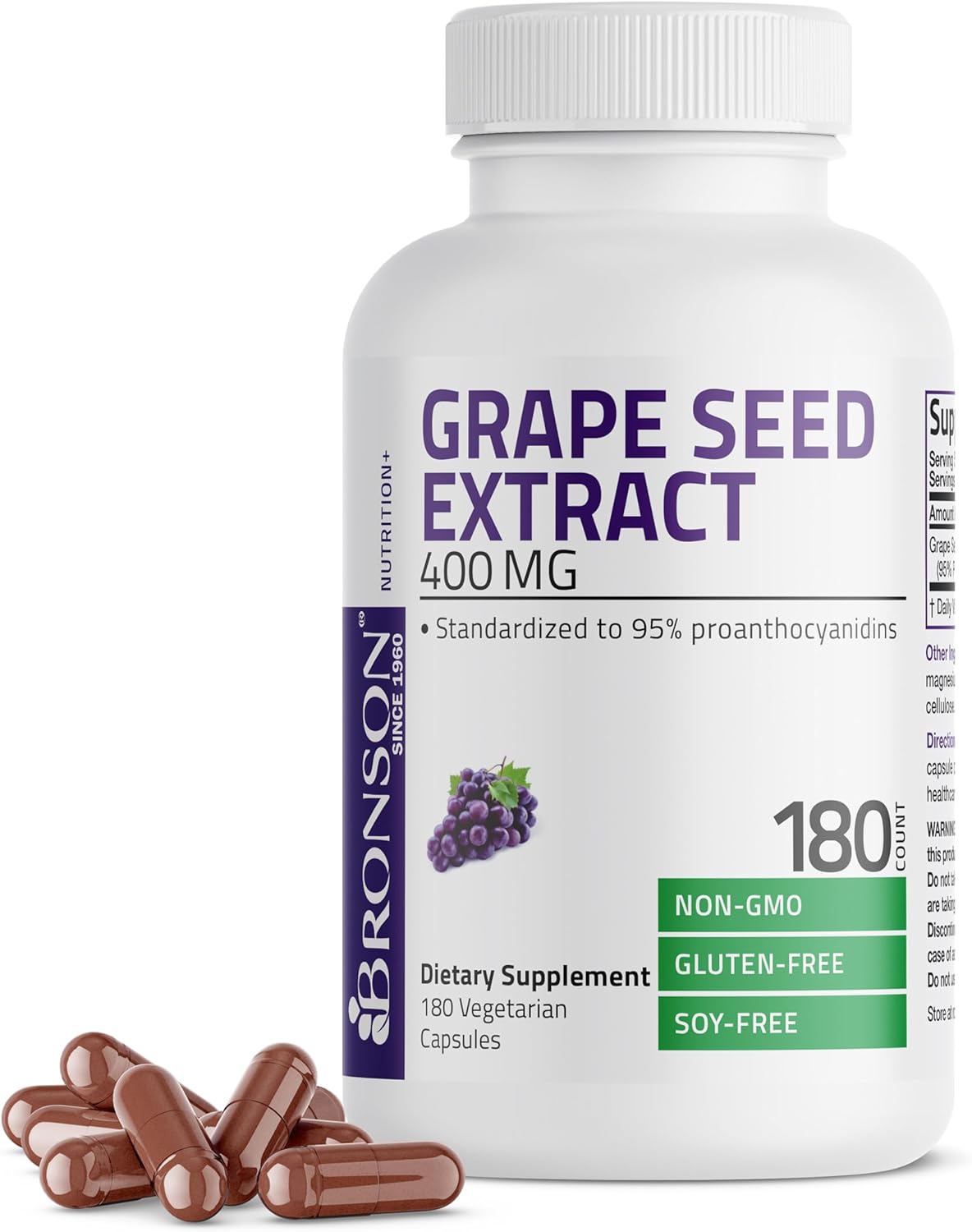Can you take Alpha-Linoleic Acid (ALA) and Flax Seed Meal together?
Interaction Details
Taking Alpha-Linoleic Acid (ALA) and Flax Seed Meal together has the potential for significant synergy as both are rich in ALA, an omega-3 fatty acid, suggesting a rating of 4 out of 5.
Both Alpha-Linoleic Acid (ALA) and Flax Seed Meal are rich sources of ALA, an essential omega-3 fatty acid that the body cannot produce on its own. The synergy between them lies in their cumulative effect on increasing ALA intake, potentially enhancing its benefits such as reducing inflammation, supporting heart health, and promoting brain function. Flax Seed Meal, being a whole food source, may also provide additional nutrients like fiber that can aid in the digestion and absorption of ALA. The combined supplementation could be particularly beneficial for individuals with high demands for omega-3s or those who have difficulty obtaining sufficient ALA through diet alone.
Potential Benefits
Potential Risks
Alpha-Linoleic Acid (ALA)
Alpha-Linolenic Acid (ALA) is an omega-3 fatty acid found primarily in plant-based foods such as flaxseeds, chia seeds, and walnuts. It is considered an essential fatty acid because the human body cannot produce it on its own.
Flax Seed Meal
Flax Seed Meal is a rich source of omega-3 fatty acids, fiber, and lignans, providing numerous health benefits when consumed as a dietary supplement. Some key benefits include:
